The US-led coalition to help Ukraine was always more than just a production line of arms deliveries to the Kyiv government.
Much of what has been going on over the past three years has been secret: a covert collaboration between Ukraine and the West involving commanders at the highest level, and special forces out of uniform. Now the full extent of the extraordinary partnership between Ukraine and the West has been revealed after a year-long investigation by Adam Entous, a reporter at the New York Times.
While the sheer detail of the covert meetings and level of high-powered cooperation provides an insight for the first time into the extent of the military relationship developed between Kyiv and the US, there is an inevitable sense of impending gloom that all this intense partnership-building is going to be thrown away because of the determination of President Trump to end the war with a deal that can only favor Moscow and undermine Ukraine’s future security.
The revelations in the Times demonstrate how intimately the US has been involved in operational strategy, targeting policy and command decision-making. The Pentagon would always insist that operational and targeting decisions were a matter for the Kyiv government. But the US was close to being fellow orchestrators of the battles with Russian forces as could be without actually having boots on the ground.
Two months after Vladimir Putin’s invasion force crossed the border into Ukraine on February 24, 2022, a convoy of unmarked cars drove the 400 miles from Kyiv to the Polish border. Protected by British special forces in civilian clothes, the convoy contained two Ukrainian generals.
They were driven to Rzeszow-Jasionka airport and flown by C-130 Hercules transport aircraft to Wiesbaden in Germany, home of US Army Europe and Africa, and ushered into the office of Lieutenant-General Christopher Donahue, commander of the 18th Airborne Corps and a former leader of the US Delta Force special forces unit. Donahue, according to the report, proposed a special partnership between the West and Ukraine.
Wiesbaden was the heart of the effort by the western coalition to feed Kyiv with the weapons they needed. After the meeting with Donahue, plans began to supply American M777 artillery batteries and 155mm shells to Kyiv to help Ukraine repel the invaders.
Over three years, the Pentagon delivered $66.5 billion of weaponry, including 10,000 Javelin anti-armor missiles, 3,000 Stinger anti-aircraft systems and 76 tanks, all masterminded through Wiesbaden.
A Polish general was appointed Donahue’s deputy and a British general was put in charge of the logistics hub. The operation was called Task Force Dragon. The key Ukrainian in this warfighting partnership was General Mykhaylo Zabrodskyi.
“My mission [in Wiesbaden] was to find out: who is this General Donahue? What is his authority? How much can he do for us?” he told the Times.
Later he sent a message back to Kyiv which said: “A lot of countries wanted to support Ukraine. But somebody needed to be the coordinator, to organize everything, to solve the current problems and figure out what we need in the future. We have found our partner.”
Wiesbaden was the mission command center and the place where the Americans provided a comprehensive picture of the battlefield and the potential targets. A team of 20 Ukrainian intelligence officers, planners and communicators arrived in Wiesbaden and every morning they would sit down with the Americans “to survey Russian weapons systems and ground forces and determine the ripest, highest-value targets.” One European official was quoted in the report as saying: “They [the Americans] are part of the kill chain now.”
However, if Ukraine wanted to attack targets inside Russia, they were told they would have to use their own intelligence.
In mid-2022, using American intelligence and targeting information, the Ukrainians launched rockets at the headquarters of Russia’s feared battle groups of the 58th Combined Arms Army in Kherson, killing generals and staff officers. When the huge Russian army unit moved to another location, the US tracked them and the Ukrainians hit them again.
It wasn’t always a smooth partnership. Sometimes, the Ukrainian commanders resented the advice they were being given and went their own way. Increasingly, they also became frustrated by the reluctance of the Biden administration to provide all the weapons they were demanding in the early stages of the war, especially the longer-range rockets, such as the ATACMS systems with a range of 190 miles.
Gradually, the Biden administration got bolder and less fearful that Putin might turn to tactical nuclear weapons if he judged the US coalition was crossing a dangerous red line in supporting Kyiv. ATACMS weren’t delivered until October 2023 but were barred from being used to hit targets inside Russia until nearly a year later.
However, while this debate was being argued in the public domain, Washington was secretly approving covert missions to help the Ukrainian military.
“Time and again, the Biden administration authorized clandestine operations it had previously prohibited. American military advisers were dispatched to Kyiv and later allowed to travel closer to the fighting. Military and CIA officers in Wiesbaden helped plan and support a campaign of Ukrainian strikes in Russian-annexed Crimea,” the paper’s report said.



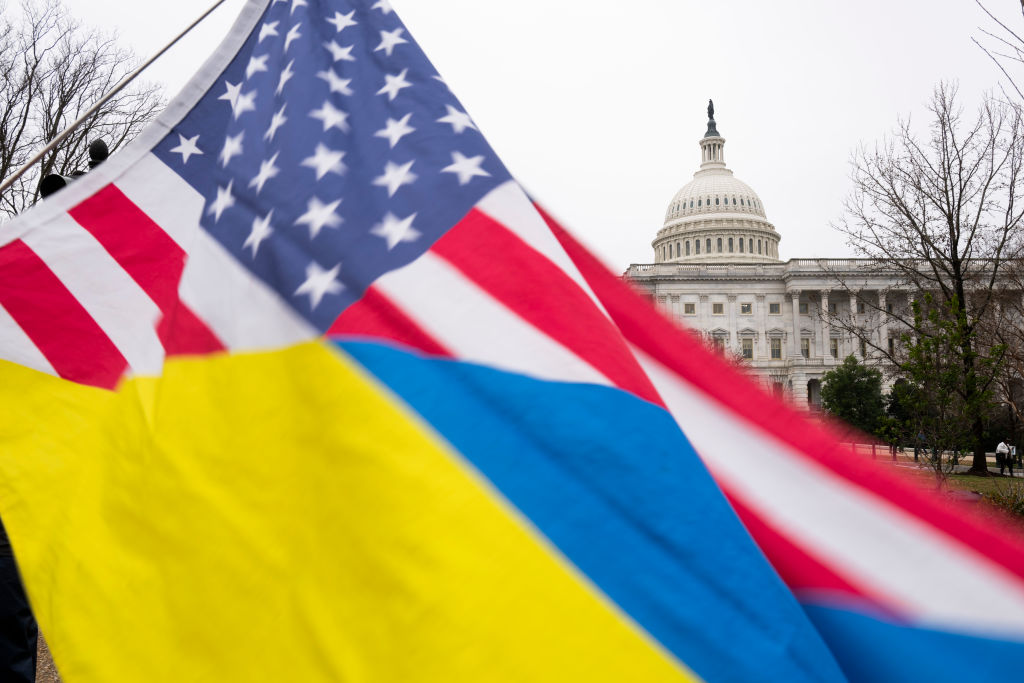






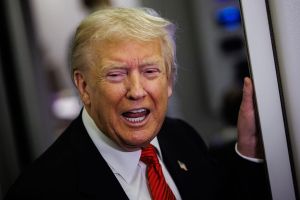

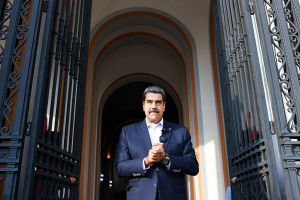
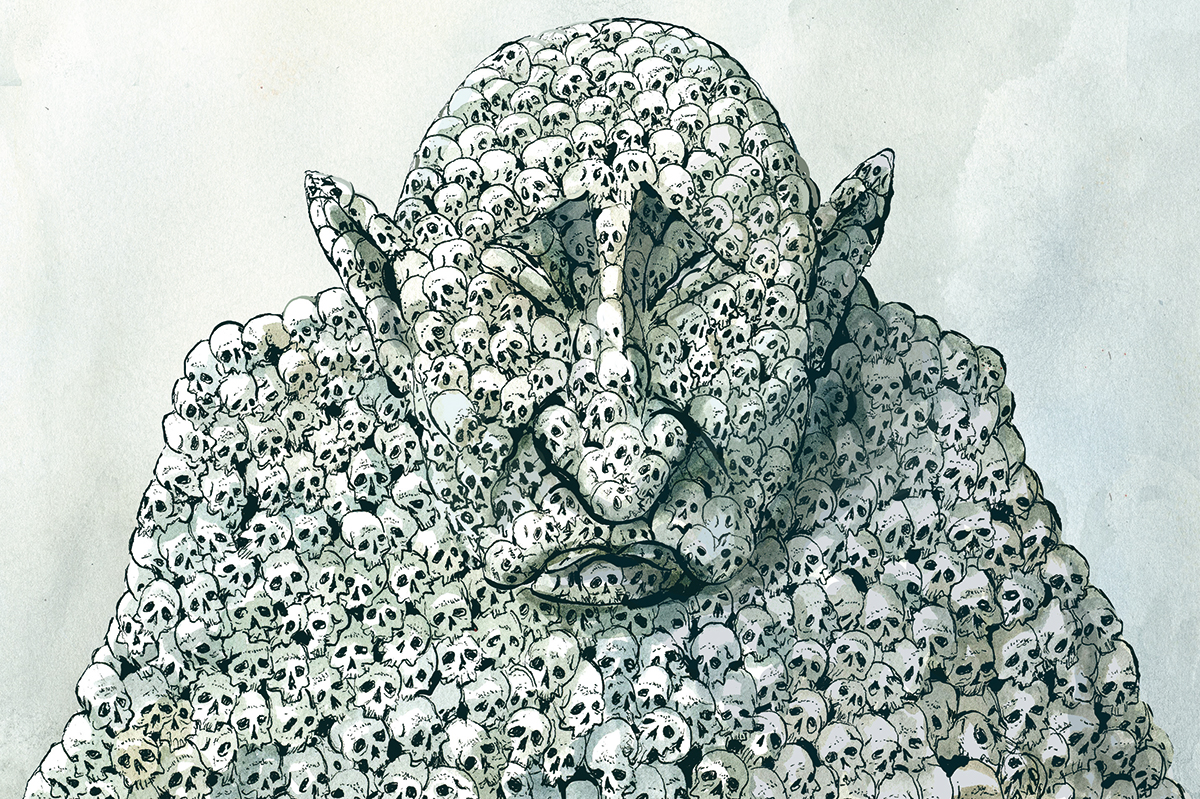

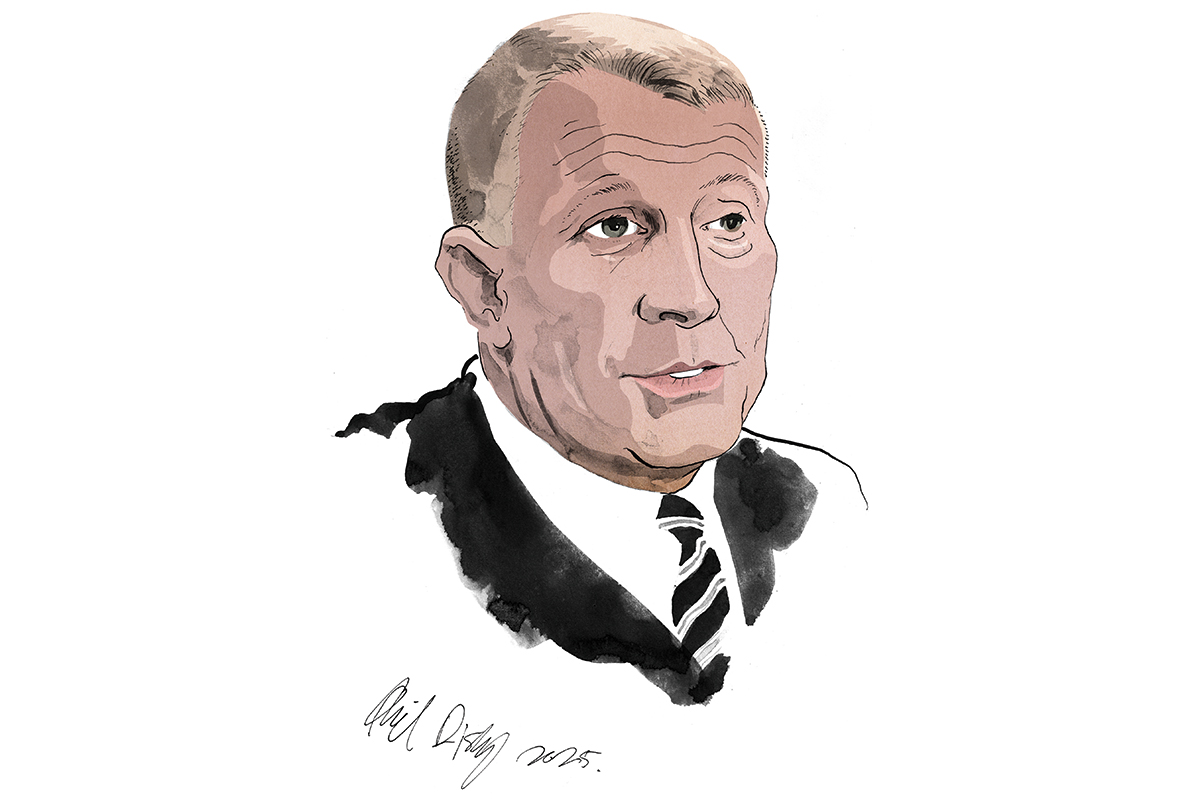

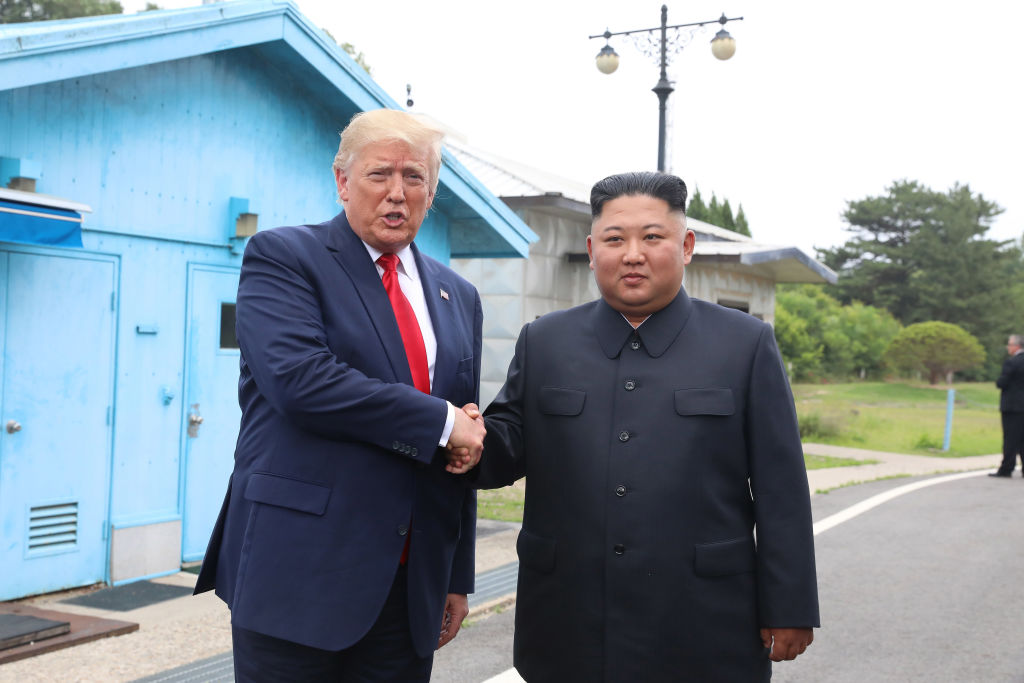
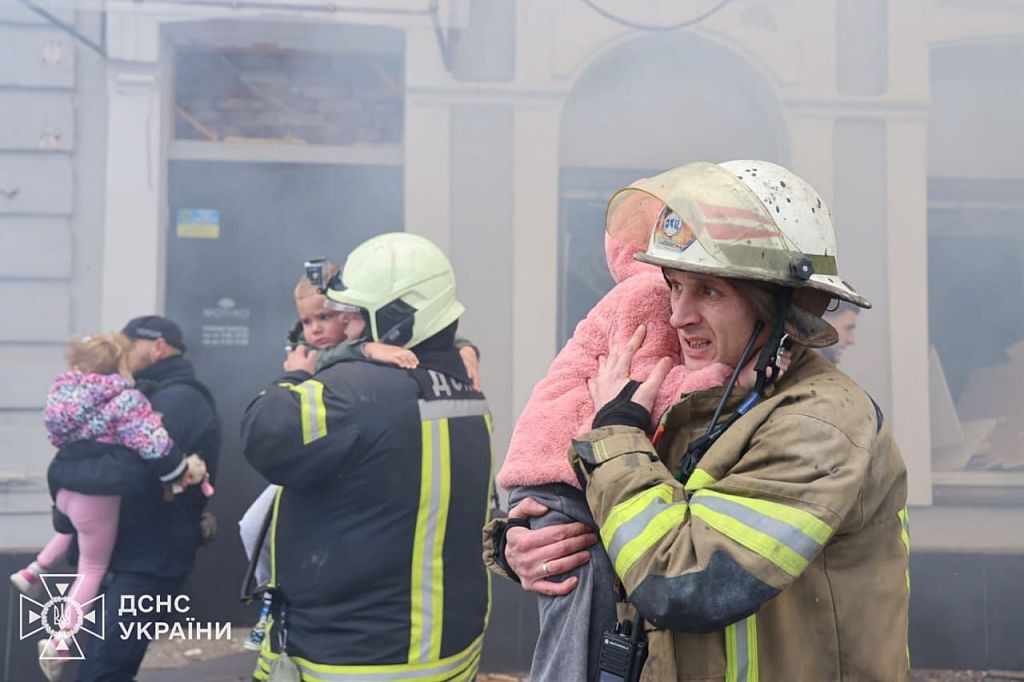

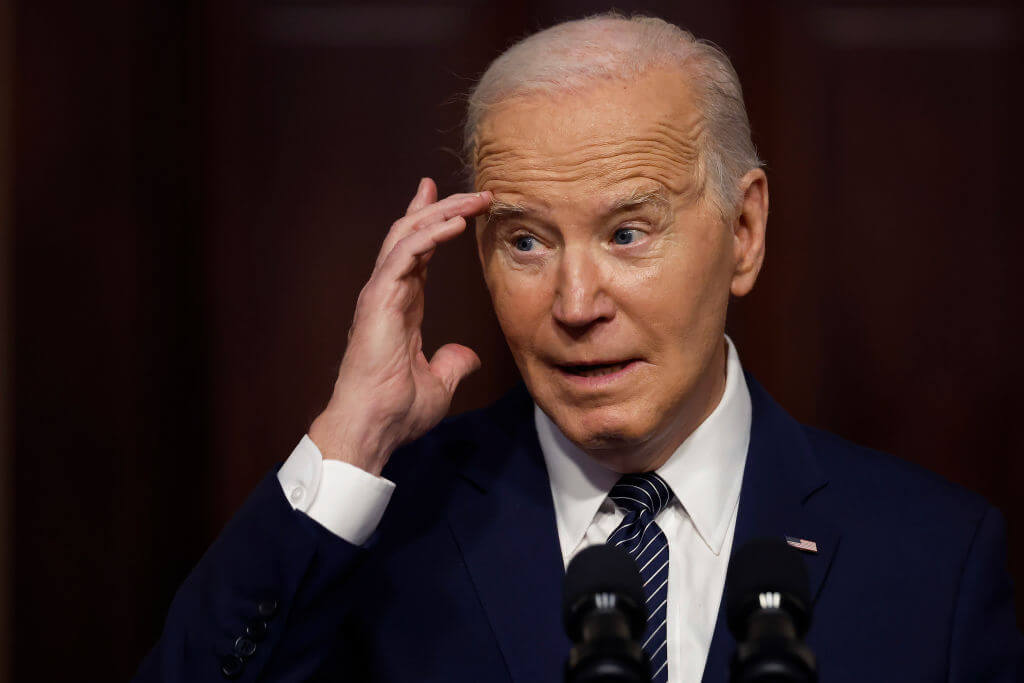



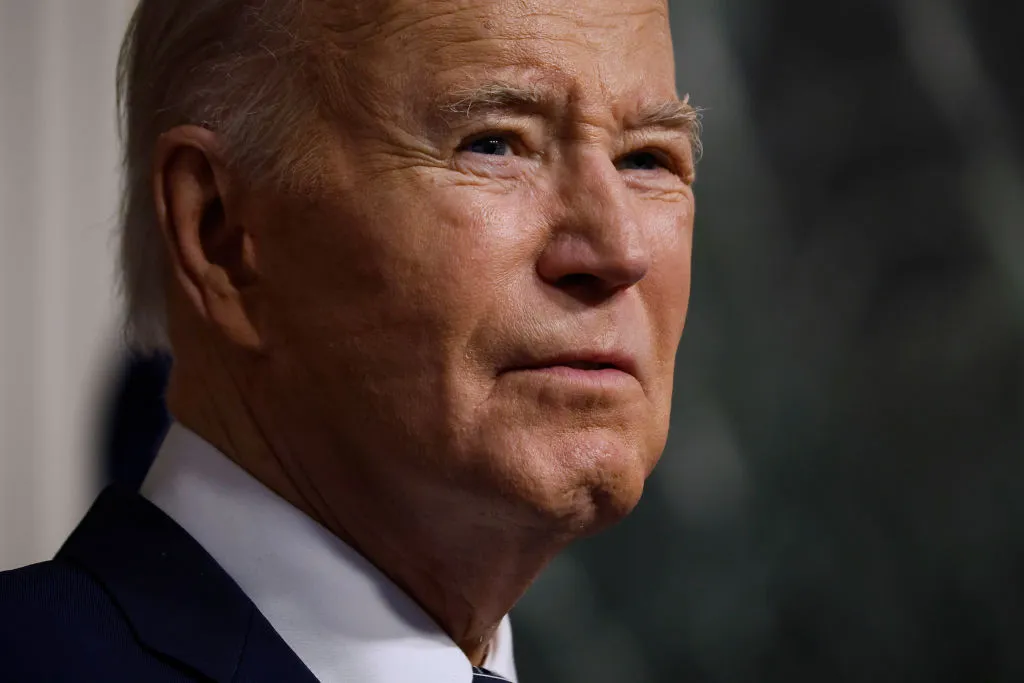

Leave a Reply